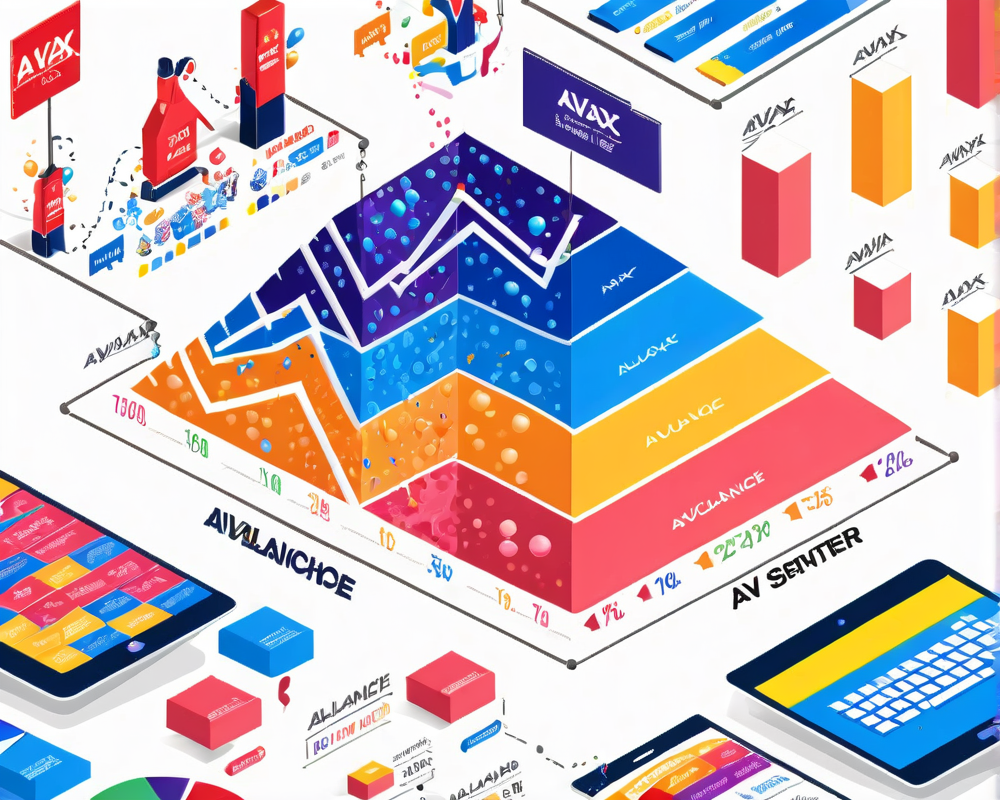Recent Market Trends for Avalanche (AVAX)
In the past 30 days, Avalanche (AVAX) has experienced a staggering 45% drop, dragging its total market cap down to a mere $4.8 billion. Simultaneously, the overall cryptocurrency market has seen a 29% shrinkage. It’s like watching a sad breakup unfold – nobody wants to see it, but somehow it becomes the talk of the town.
Comparing Total Value Locked (TVL)
Despite its recent price decline, Avalanche’s total value locked (TVL) remains impressive at $3.2 billion. This figure suggests investors still have faith in the network, even if they’re currently nursing some serious wounds in the price department. For context, let’s compare Avalanche to its peers:
- Solana (SOL): Holding strong with a TVL of $2.1 billion and a market cap of $12.9 billion.
- Polygon (MATIC): With a TVL of $1.8 billion and a market cap of $3.5 billion, it’s clear that Avalanche is lagging behind.
User Engagement on the Decline
As impressive as the TVL might be, it’s accompanied by a troubling statistic: the number of active users is down by a whopping 42%. It’s like throwing a party with a lot of snacks but no one shows up to enjoy them. Although some DApps, especially games and marketplaces, might not need hefty deposits, dwindling user numbers reflect a worrying trend for Avalanche.
Why Price and Fundamentals Don’t Align
Despite an increase in TVL and the growth of AVAX by 35% in the past two months, the fundamental problems of user engagement may still hinder recovery in the AVAX price. For instance, while Trader Joe’s on Avalanche boasts 93,130 active addresses, Polygon’s leading DApp QuickSwap outperforms it with 161,040 active users. This disparity highlights that price often follows user activity, and right now, Avalanche seems to be stumbling.
Looking Forward: What Can Save AVAX?
The harsh reality is that until Avalanche can drum up more activity on its DApps, the once prominent AVAX token might continue to struggle at the $14.80 mark. Investors might remain skeptical, looking for glimmers of hope within the network’s metrics, especially the active addresses in the DeFi space. It’s like staring at a murky crystal ball – one can hope for a glimpse of fortune, but clarity remains elusive.




